
nickelNdimed
-
Posts
282 -
Joined
-
Last visited
Content Type
Forums
Detector Prospector Home
Detector Database
Downloads
Posts posted by nickelNdimed
-
-
Here’s a short video on this combo:
-
-
Tried the Arrow at playground today before it got busy. Best little hunt in a while. So much quicker to cover ground and focus on anything on the surface and quickly retrieve from the mulch.
Best finds were the rosary and a beat up silver ring. Otherwise some junk jewelry. But if gold had been there I think it would have found it. Definitely motivated me to get familiar with the Simplex and its target ID scale although I only looked at it to guess what I might dig and dug everything shallow anyway.
The coil seems really sensitive to the smallest things and so easy to pinpoint with the tip.
I dug the bottle caps knowing most of the time I was going to dig them. They ring up around penny range but you can get the iron grunt good on the tip. It is very tell tale.
I’ve been running Park 1 with sensitivity on 2nd notch and first when getting too close to playground equipment. I like the tone breaks on Park 1 but Park 2 might be more ideal on Simplex as it is supposed to be faster but maybe not even necessary.
-
2 hours ago, locator said:
Yes, you're correct to say so, if searching in littered areas. But if you have "clean" ground you cover a lot of more ground by one sweep. So this is the coil for big areas with little trash.
I search a large over 100 year old park covered in can slaw. The benefit of the coil is still coverage but for close to surface finds. Chances are the targets aren’t going to be perfectly aligned and the separation and sensitivity is really good. I can hit stuff, determine depth based on sound, easily investigate with the tip and pinpoint or move on.
Also think about frequently hunted beach towel lines or playgrounds, fenced in event or parking are after vent. This allows quickly cover ground and recover surface finds. Like beach hunting at the park, minimal time wasted digging.
-
-
Here’s a little something I just put together. Need to put more time on the Simplex and The Arrow but great so far for quicker coverage of large park areas and focusing on near surface finds. Makes me appreciate this detector more and give it a purpose!
-
2 minutes ago, F350Platinum said:
Thus said NickelNdimed... That's awesome 👍
Is it me, or did everyone have sort of a "blah" day today? I got nickels and dimes. 😵
Yeah, if I find at least some nickels and dimes I know at least there is potential it has not been hunted in a while. The amount of pull tabs and shrapnel is also pretty nuts but keeps my hope up for some gold. And I know there is people activity in this area and have found coins and non-precious jewelry. Must just be a blah day just to remind us to slow down and enjoy just being there.
-
I got out for 3-4 hours today and dug a pouch full of aluminum and 3 pennies. Trying to put a little time on this Simplex I got a while back and learn it so at least did some of that. And the day was really nice out so bonus. I’ll find that gold eventually. Nobody else appears to be digging for it.
-
I believe Dilek confirmed no green headphones or pulse pinpointer pairing in one of the threads and they were working on a pinpointer compatible with Legend.
-
22 minutes ago, Steve Herschbach said:
I would further comment that in general, when talking single frequency, you have only three useful ranges. High frequency for low conductive small targets. Low frequency for high conductor large targets, and salt conditions. And mid frequency as best all around.
The exact same thing is true in multifrequency. High frequency mix for low conductive small targets. Low frequency mix for high conductor large targets, and salt conditions. And mid frequency mix as best all around.
If you look hard at Equinox modes, frequency differences is only half the story. Some modes are the same frequency mix, and all that differs is preset in target id notching, recovery speed, and even transmit power. There are not as many frequency mixes are there are modes. It still boils down to high, medium, and low.
Even more true for 600 model where the gold modes don’t exist. And if not at salt water location, really it is down to two options and 2 modes each more preferences in user settings. One modes and Two modes. Yes a park may have different levels or kinds of trash but is a park not really just a field with benches and playgrounds on it once you work through the modern trash? That’s the way I have been thinking about it.
-
-
On 3/6/2022 at 10:04 PM, strick said:
I cant really speak about that shaft as I dont have one but there appears to be 2 handles on that. One in front of the main nox handle....how much lighter is it then any of the after market carbon fiber shafts?
strick
Just one handle similar to an F75 setup. GhostLight can probably point you to the weights... It really isn’t about the weight. It is about arm/elbow position due to the offset in the shaft what helps me. And you can also add weight via a counterbalance if you feel balancing is your issue. Steve has solutions for that as well.
-
On 3/6/2022 at 12:38 PM, CPT_GhostLight said:
The legend's shaft configuration is almost identical to the Equinox and it's heavier, so I don't see the any ergonomic advantage there.
This seems like a more ergonomic solution to me. It's a Steve's Detector Rods S-Shaft. It's lighter than the legend or Nox shaft and it's a treat to swing with my 67 year old arm.
This was also the way to go for me on the Equinox. I don’t like the Simplex/Legend for the same reason and nothing you can really do about it.
-
I’ve wondered about his myself and how difficult would it be to make a small wand type coil like the Sunray probe and shorten the shaft of any number of entry level or legacy detectors. Like a Compadre, Classic 1, even and Ace or entry level Fisher. You could buy any of those for same or less than price of a new pinpointer and have discrimination and even VDI.
The closest thing off the shelf I have thought of is buying the 4” coil for my F22 and making the shaft very short. There was a Tesoro Compadre made like this that is rare I believe. But a Sunray type probe would be nicer.
I think as far as the question of would you spend the money or you are already dug the whole. Most people probably would not but I have like 6 detectors. I’m sure some of us would have one if we had the chance or had an option to convert a cheap detector this way. Why not 🤷♂️
-
2 minutes ago, steveg said:
mh -- yes, it's as nickeldNdimed said. On my straight shaft, I keep the distance between the handle, and each of the arm cuff holes, the same as on the stock Minelab shaft. On my S-shaft, it's the same way. The four arm cuff holes have the same spacing, and are the same distance from the handle, as is the case with the stock shaft.
Thanks!
SteveSteve, I also wanted to update that I had the opportunity the last couple of weekends to get out for 2.5-3 hr hunts and it swings great for me, no arm issues, and it doesn’t roll over as much as it used to when lay it down. Looking forward to get some longer hunts in with it. Honestly, I’m not even sure I’ll get the 10x5 for it anytime soon...
-
6 hours ago, mh9162013 said:
When you used the stock Equinox shaft, which of the 4 holes did you use for the arm cuff?
I used the same on both shaft. Steve can probably confirm but I believe they are the same as stock on the carbon shaft. I use the 2nd from front or 3rd from back of the 4 holes. Otherwise if I use furthest back the cuff would be right on my elbow
-
16 minutes ago, mh9162013 said:
@nickeldNdimed: If I may ask, how tall are you? I ask b/c I'm thinking about getting this shaft, but I'll want it customized slightly.
5’11”
-
12 hours ago, Jeff McClendon said:
You asked for a standardized VDI chart for the Simplex and are comparing the lack of one to the Equinox.
The Equinox in multi has very dependable and consistent target IDs in most soil conditions on US coins at different depths depending on mineralization. I have hunted in many types of ground mineralization and those VDIs have been very reliable in most places down to site specific edge of detection depth. Target ID accuracy using the Equinox single frequencies are very inconsistent and all over the map depending again on depth and mineralization levels
The Simplex being a single frequency detector has accurate target IDs if ground conditions are favorable down to depths which again are ground mineralization dependent. At a certain depth, which is different for different locations, the Simplex target IDs can be up averaged or dragged down into the iron range very quickly and like the Equinox in single frequency, are very inaccurate.
So, comparing the Equinox using Multi IQ and the Simplex using 12 kHz as far as dependable target IDs is definitely apples to oranges in my opinion and the reliability of VDI charts for both detectors is also very different.
Jeff, I appreciate your opinion on the nuances of target IDs and the apparent superiority of Equinox multi frequency in that regard but I only used Equinox/Vanquish as an example I liked, not for comparison as this is the wrong forum for that... I believe that most people that frequent this forum or have used a detector know or soon figure this out. Again, I was just looking to see if any good reference existed for Simplex that I may have missed on quick search and review of manual.
Various examples exist of single frequency detectors that all also provide some reference to common US coins. I suspect that Simplex does not have one in manual due to it being more internationally targeted detector than common US manufacturers but even Minelab took a stab at it.
Note, Minelab also uses a significantly different compressed scale of -9 to 40 instead of 0-99 that help reduce that variation on the screen and perception that may also vary widely depending on other factors and if you just doubled the scale and resolution of the available numbers. I’m not arguing the ability of the detector to do this better at depth or mineralized ground or whatever, just highlighting that is not all that is at play here....
-
Here is a first pass at one based on the manual information for the different modes and tone breaks. Also added common US clad approximate range. I intend to add a couple more items for reference
Not sure if it is common knowledge but is there a reason/situation where Park 2 is best suited over Park 1 on Simplex?
When compared to other entry level coin/jewelry detectors I have, the Park 1 tone breaks seem to most closely match. Just curious if Park 2 is best suited for common European coins. That is my only guess at this time.
-
On 2/25/2022 at 3:21 PM, Jeff McClendon said:
The best way to find out what VDI numbers are is to do it yourself........
I don't think the other tables out there did themselves..... I understand your point but just looking for other reference and I am going to essentially do my own testing. I've not found one for the Simplex as nice as available from some of the other manufacturers.
I also disagree as the tables from from the manufacturers provide a range or at least a good centered number for that range for reference. The Minelab table we all know says 13 is a nickel. We also all know those will range 11-14 possibly. I'll dig 12-13 signal all day long at much more than an inch for nickels.
Anyway, not sure why everyone that has special "mineralized" soil in their area thinks everyone else does and all the information provided by detector or reference material is useless... I don't even ground balance in in my area and can trust the tables and detectors for the most part.
-
On 9/24/2020 at 3:41 AM, EL NINO77 said:
Finally, if the detector handles well both 2D and 3D
separation test at the same time on a single optimal coil ... we can consider it as one of the top detectors for separation ..So what is the list of detectors and coil combo that meets this criteria?
-
21 minutes ago, ☠ Cipher said:
Nice! Will there be an all black option? The red looks nice too though.
The prototype was all black! That is standard. I just wanted to add a little color to it for fun and so that people are less likely to think I’m walking to park holding an all black assault rifle...
-
-
5 minutes ago, Jeff McClendon said:
I only saw 2 different scoring systems in the last two responses.....maybe I missed something.
16/16 is 8/8. 15/16 is 7.5/8. Some people like to deal with hole numbers some like to deal with fractions. It is still the same scoring.
I suppose you are correct Jeff. So 2, not 3, point still stands that yet there is another variable not often specified. I may have missed it but I don’t think the official instructions specified a scoring system.
I suppose good hit both directions keeps it simple, half points or double scale of 16 adds more resolution to the results, but what about in which combination you achieved those points? Are there multiple ways to the same score or will detectors always miss the same combination of sweeps to arrive at same score? Would a 3rd way be to list all 16 sweeps with direction possibilities and then provide a chart showing which were a pass/hit and fail/miss?

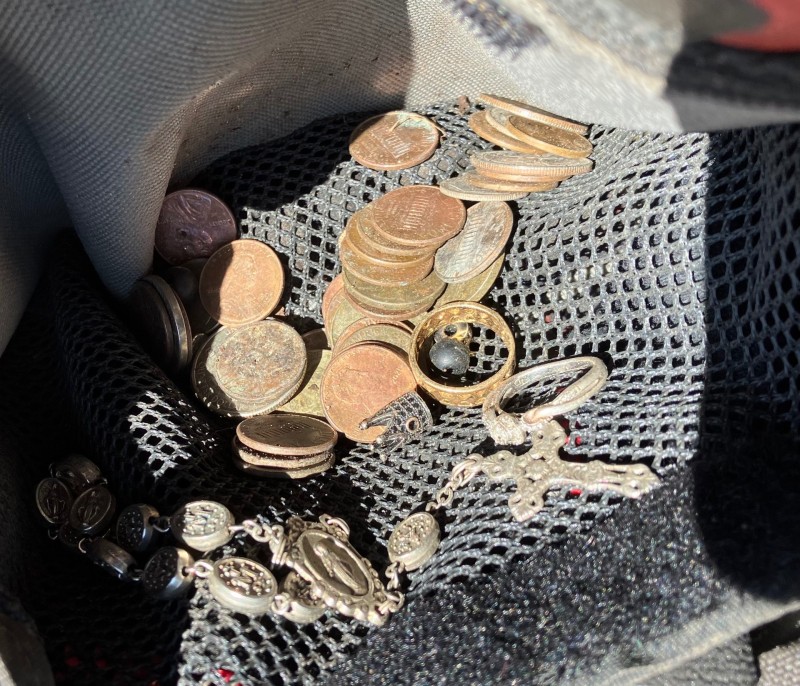
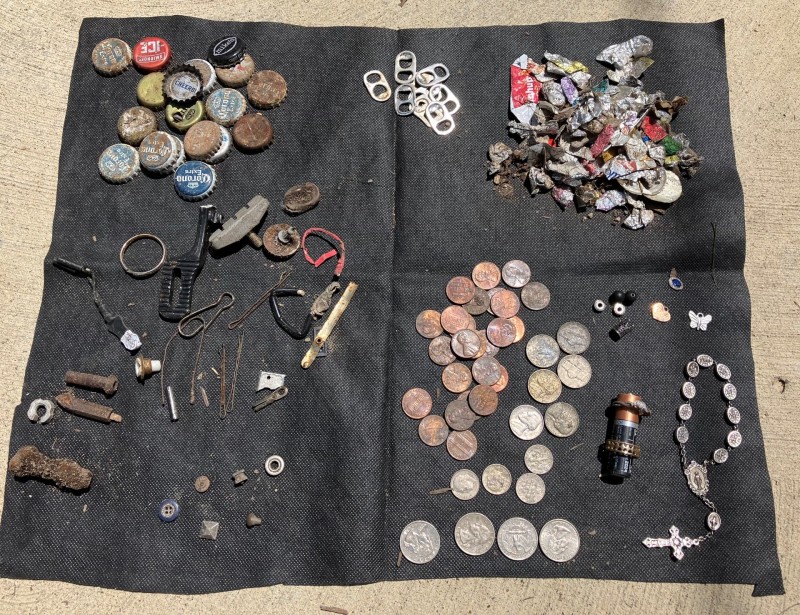
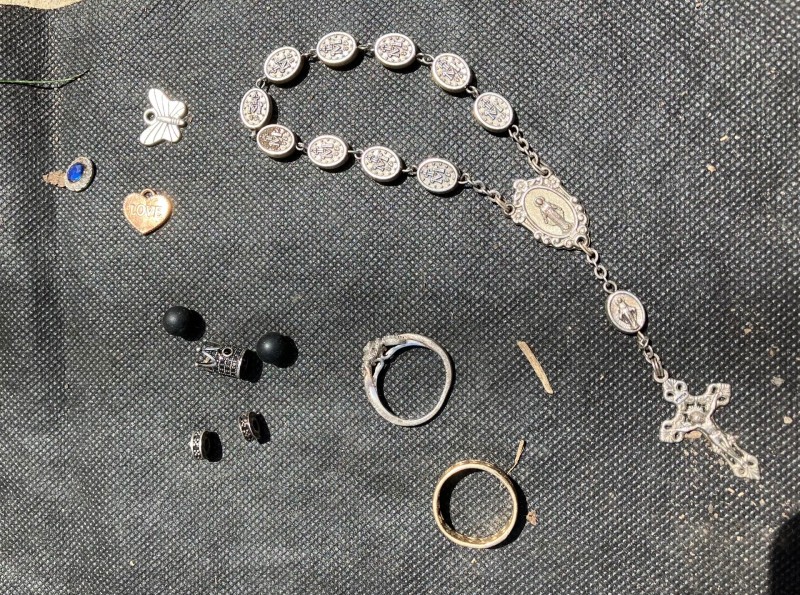
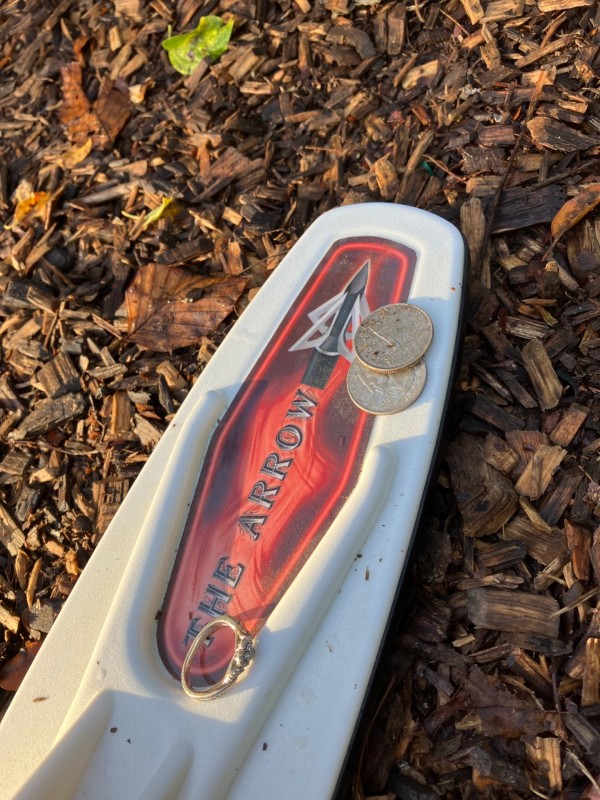

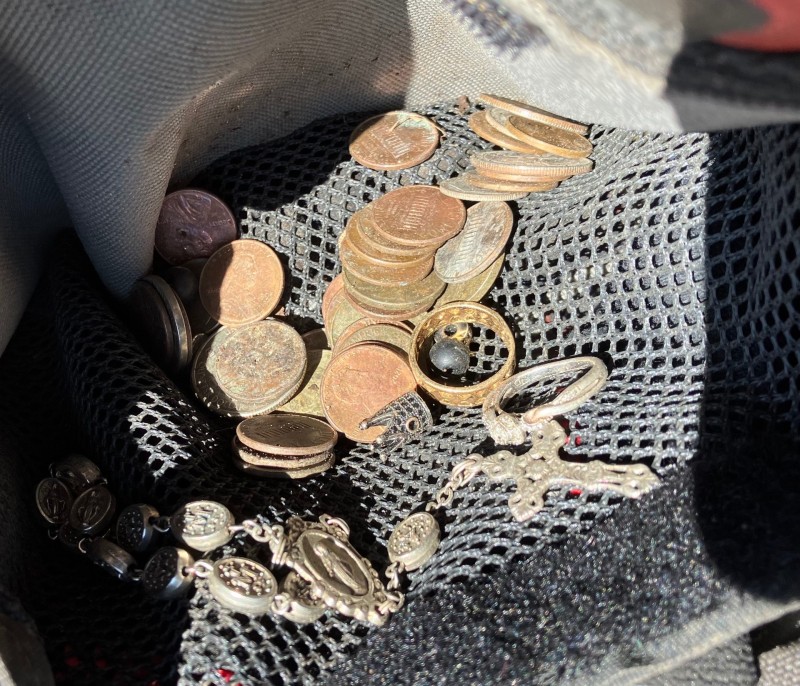
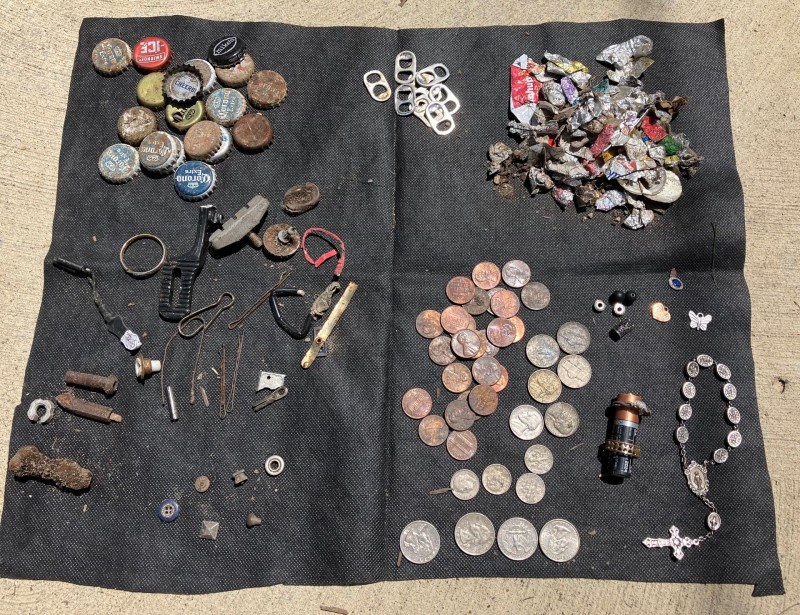
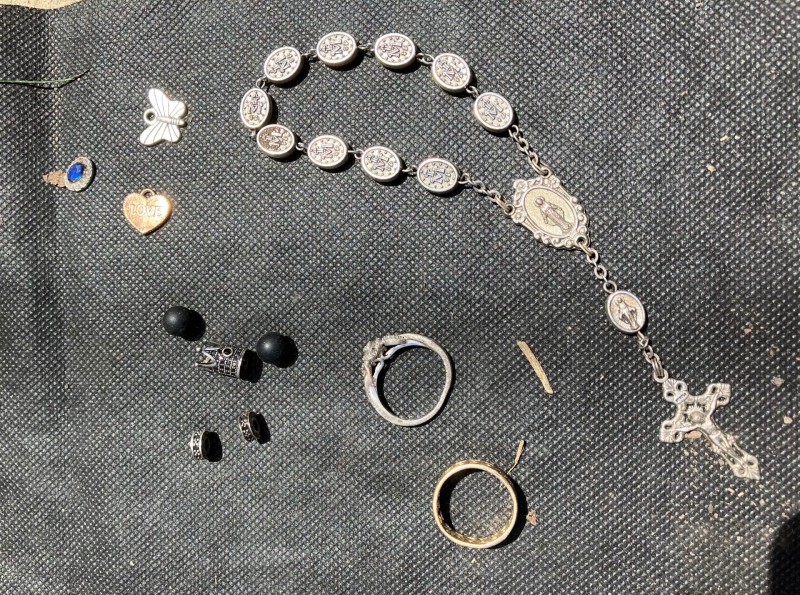
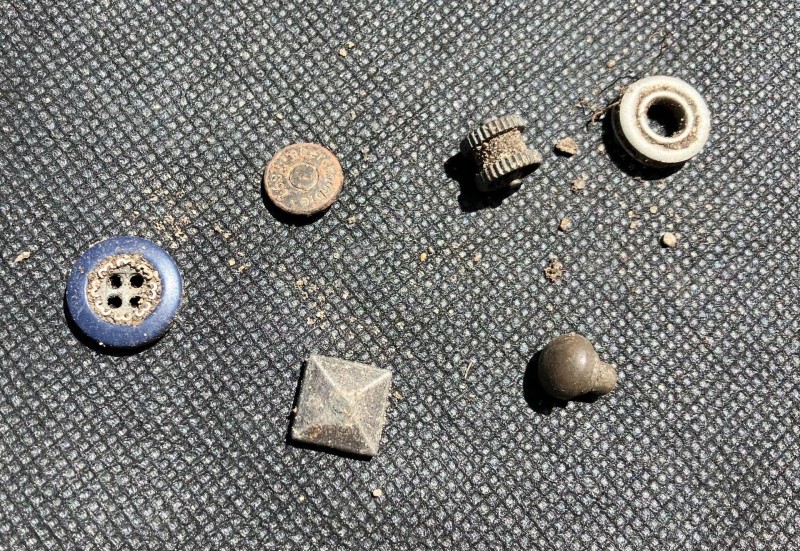
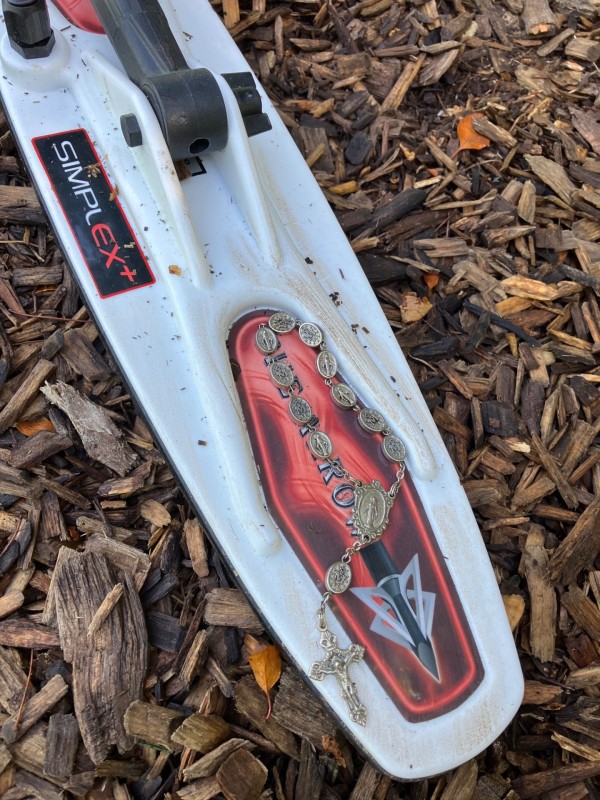
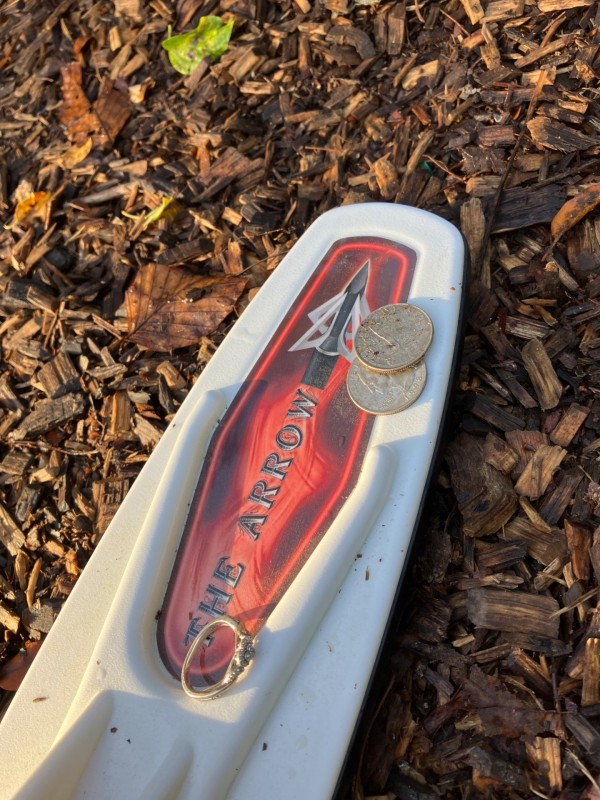
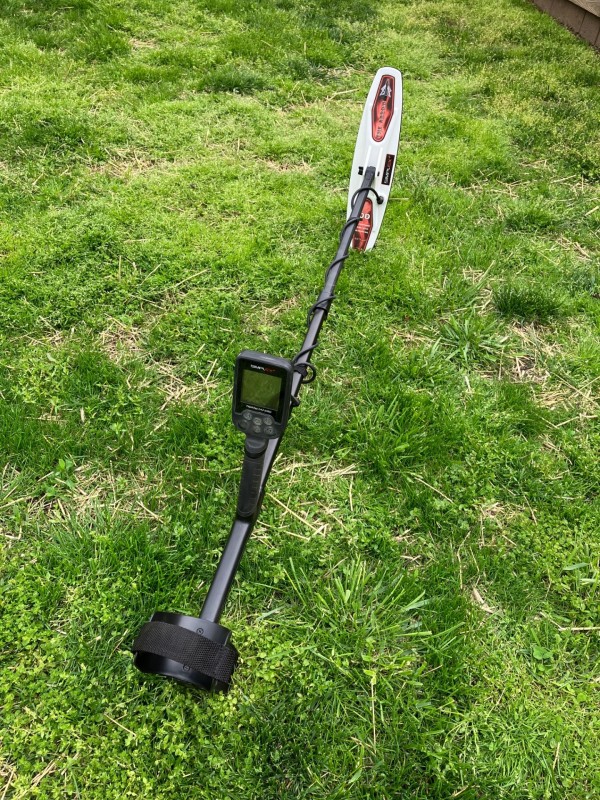
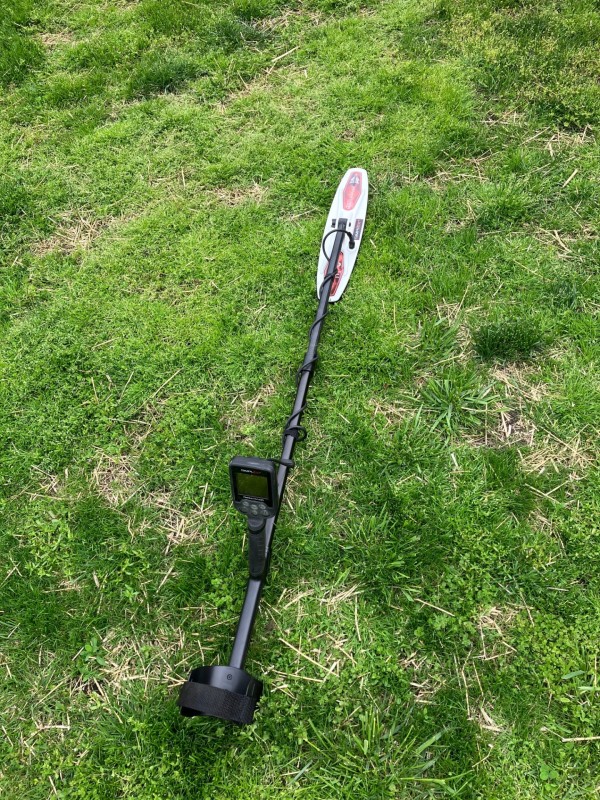
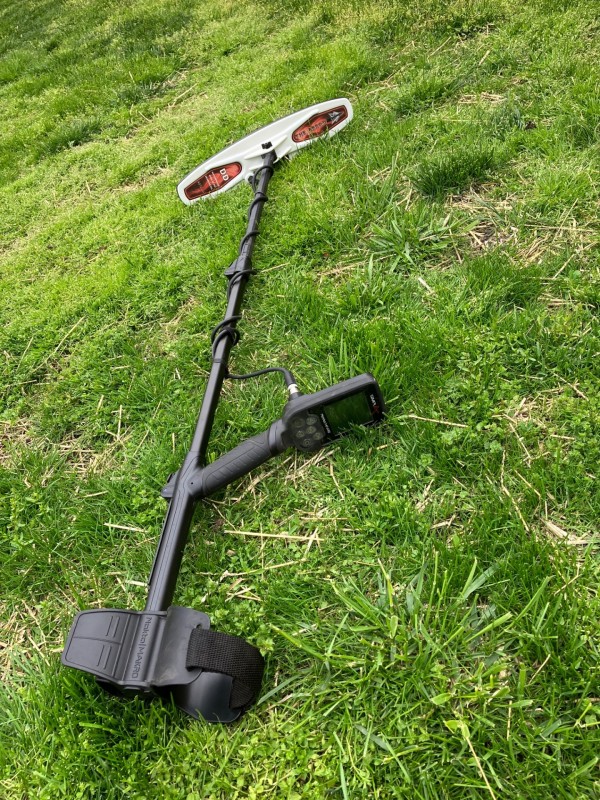
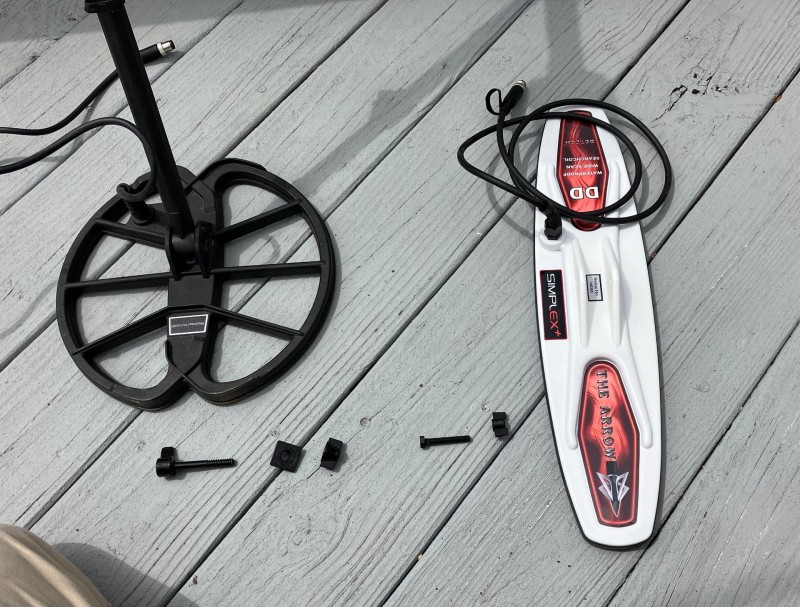
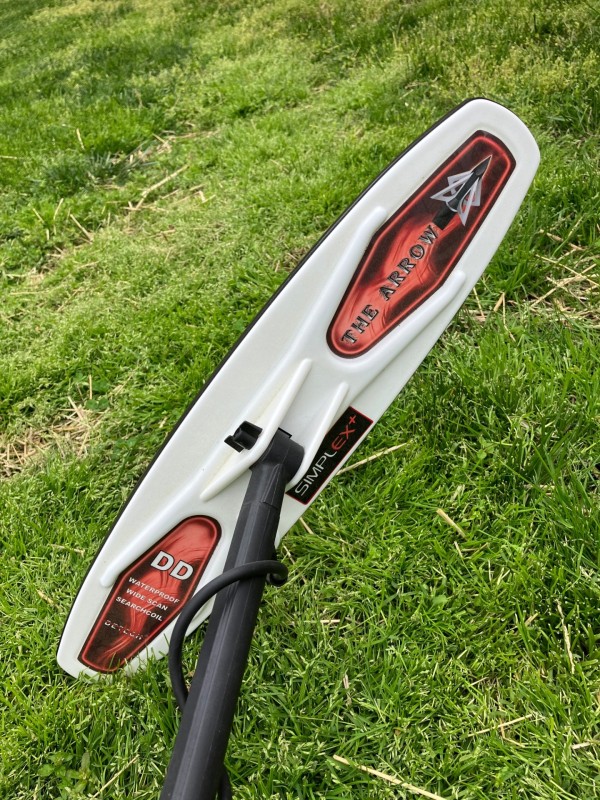
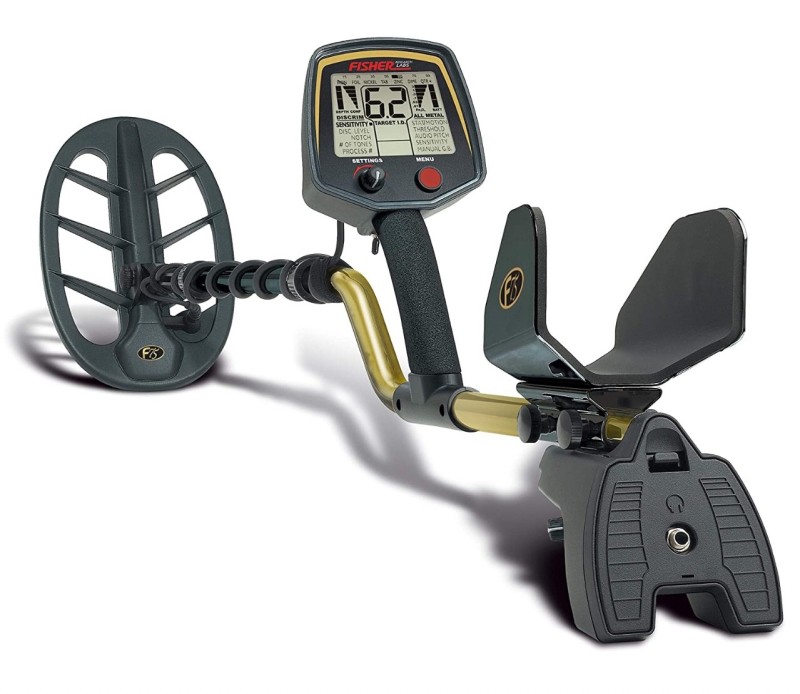
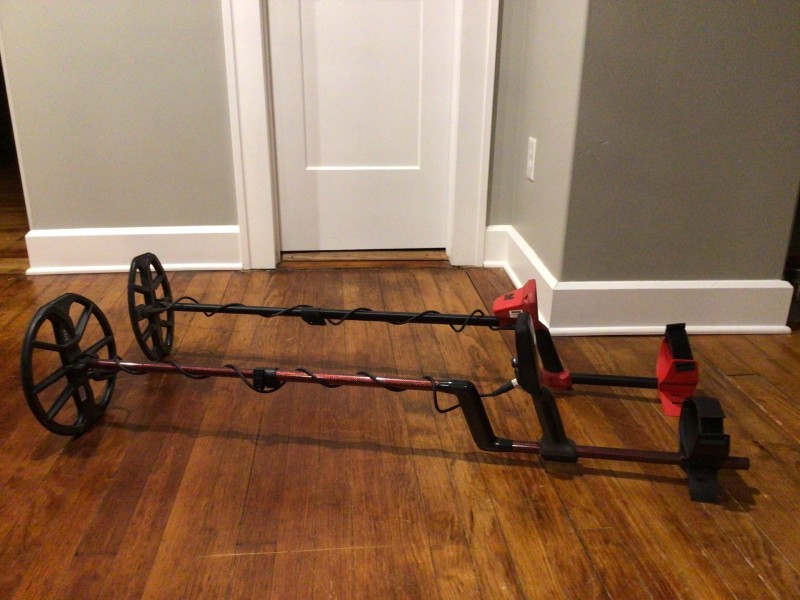
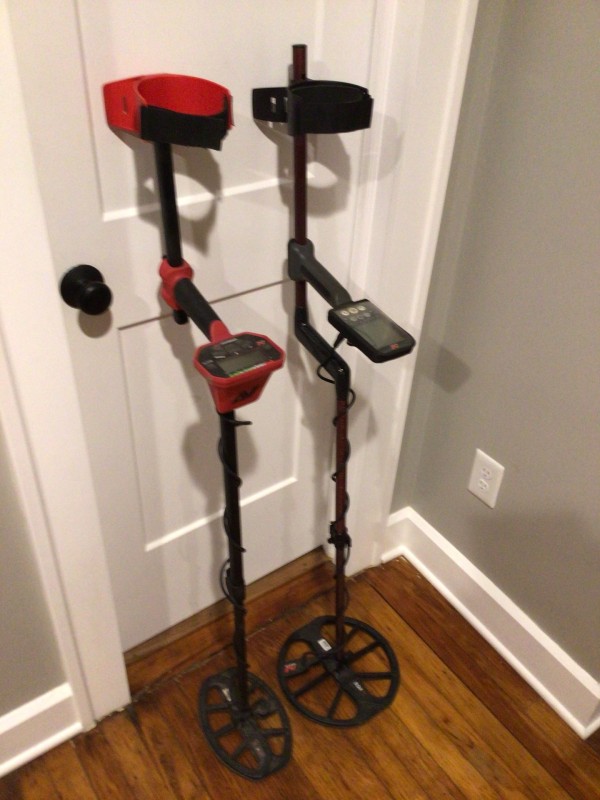
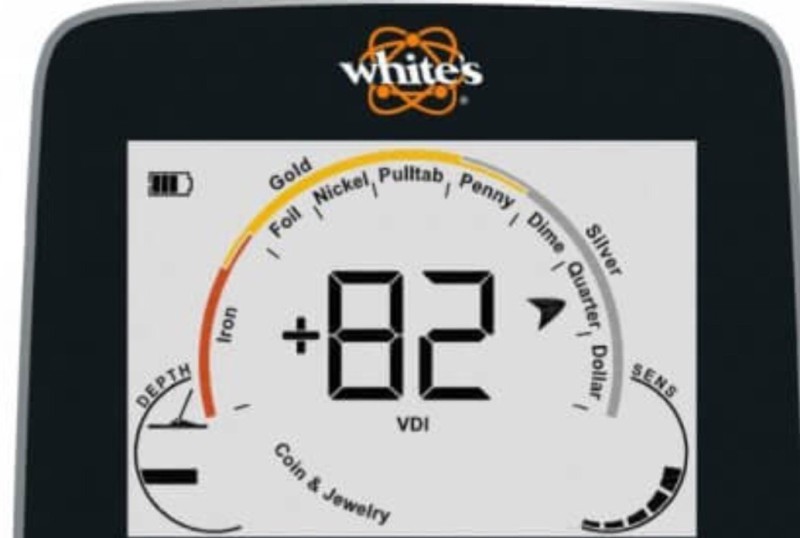
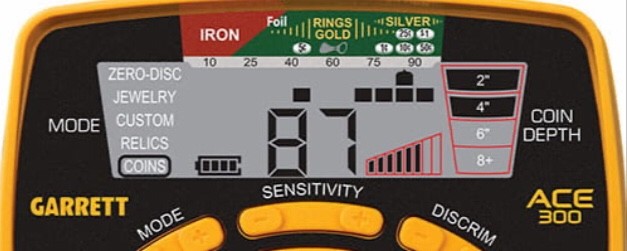

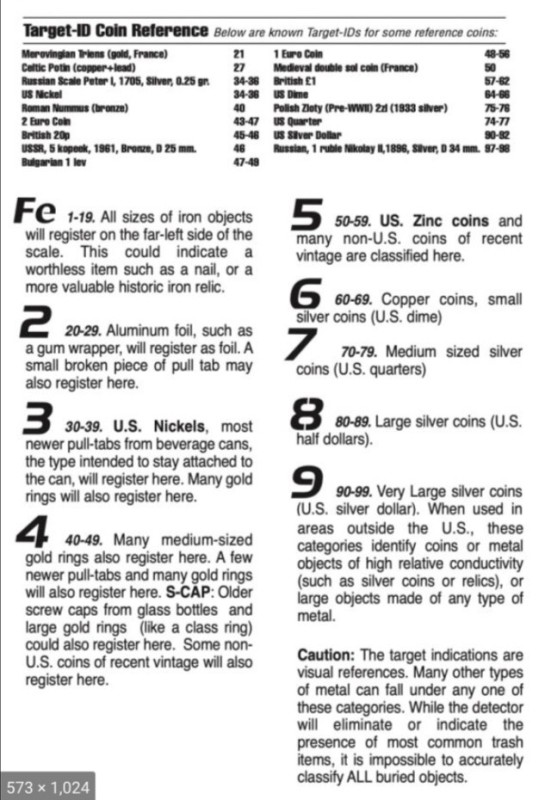
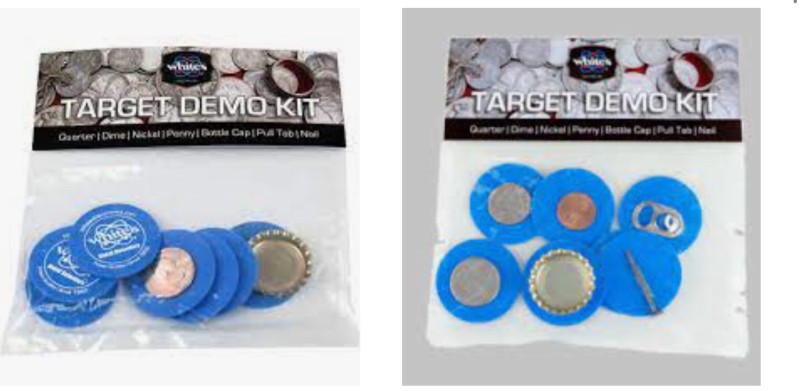
Simplex With Detech The Arrow Coil Playground Hunt
in Nokta / Makro Metal Detectors
Posted
In the video I used a silver quarter but yeah they are in the low to mid 90s on both 11” stock and the Arrow.